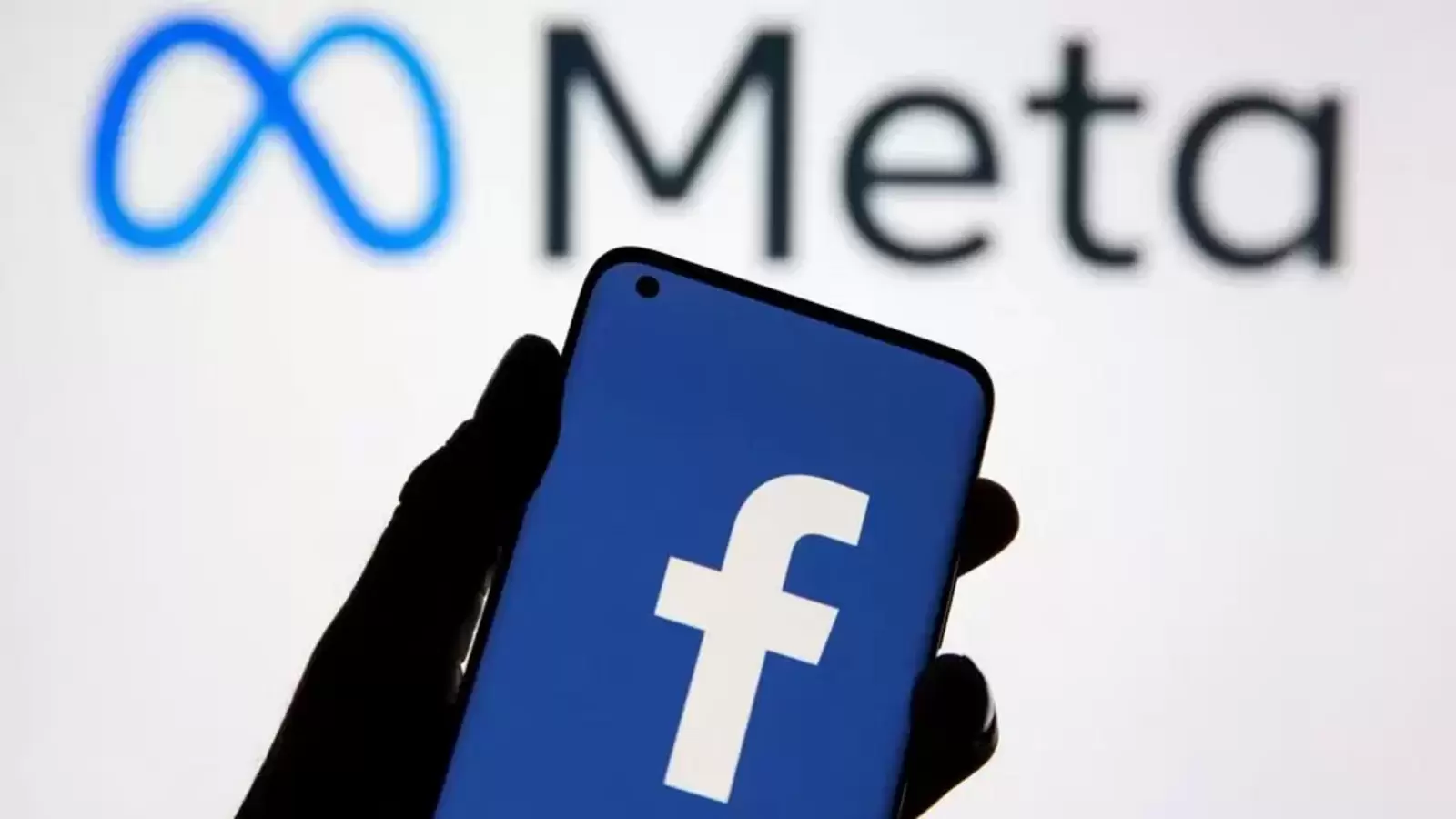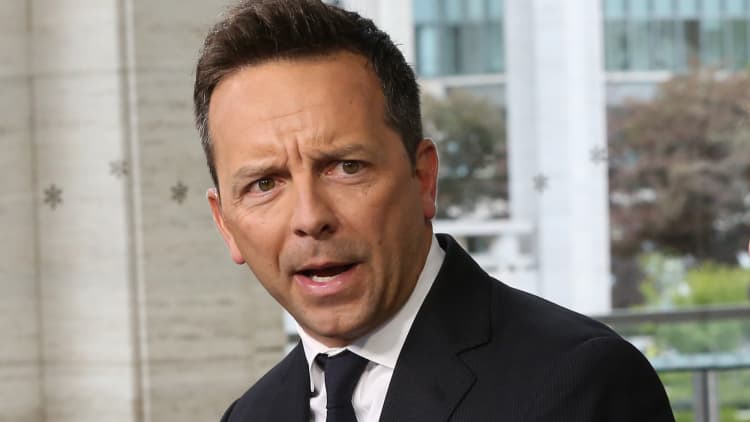Facebook parent Meta Platforms posted earnings that fell short of forecasts on Wednesday, plunging the company’s stock in after-hours trading as the social media giant with metaverse ambitions scrambles to slash expenses amid advertising headwinds caused by global economic concerns.
The claim comes less than a month after billionaire CEO Mark Zuckerberg outlined massive cost-cutting plans that included restructuring teams and implementing a hiring freeze.
According to Forbes, Meta reported a net income of $4.4 billion, or $1.64 per share, down 49% year on year and falling short of analyst forecasts of $1.89 per share; revenue of $27.7 billion was somewhat higher than the $27.4 billion forecasted, but down 4% year on year.
The corporation also stated that its revenue for the current quarter would be between $30 billion and $32.5 billion, which is at the lower end of average analyst projections.
Meta shares fell 11% to $115 soon after the report, bringing losses to more than 61% this year, significantly worse than the Nasdaq’s 30% drop.
Bank of America analyst Justin Post downgraded Meta shares to a neutral rating in a pre-earnings note, stating that the company’s investment in the immersive virtual reality world known as the metaverse “will remain [an] overhang” on the stock, costing an estimated $10.7 billion next year even as economic concerns potentially intensify.
Meta Platforms Restructuring
The report comes less than a month after Meta Platforms revealed plans to cut costs by restructuring some departments and putting a hiring freeze as ad revenue growth slows amid growing economic pressures:
On Monday, an investor with more than $300 million in stock asked the corporation to cut costs further by laying off workers.
In the earnings release, Meta Platforms CFO David Wehner stated that the company has “increased scrutiny on all areas of operating expenses,” but it also stated that its employee headcount would remain roughly flat from current levels next year; in the third quarter, the company’s free cash flow, which measures cash left over after operating expenses, fell to $173 million from $9.5 billion a year ago.
$47.2 billion in total. That was the value of Meta founder Mark Zuckerberg, 38, after the market closed on Wednesday.
Zuckerberg’s fortune, once valued at more than $130 billion, has dropped by more than 60% since Meta stock peaked in September 2021.
Meta Platforms Investor Urges CEO Mark Zuckerberg to Cut Costs
Mr. Zuckerberg, according to Altimeter Capital Chief Executive Brad Gerstner, must take urgent actions to streamline Meta’s operations and address a precipitous drop in the share price.
“Like many other organizations in a zero-rate environment,” Mr. Gerstner wrote in the letter, “Meta has gone into the realm of excess—too many people, too many ideas, too little urgency.” “Meta needs to rediscover its mojo.”
Meta Platforms shares have fallen more than 50% in the last 18 months, slashing the company’s market worth by more than $600 billion. On Wednesday, Meta will disclose profits after the bell.
Meta did not respond to the letter. Altimeter did not reply immediately to a request for comment.
According to FactSet, Altimeter, which manages over $18 billion, owned around 2.5 million Meta shares at the end of the second quarter. This position, at around $320 million, is not among Meta’s top 15 institutional shareholders.
Mr. Gerstner stated that his firm, which is based in Boston and has operations in Meta’s hometown of Menlo Park, Calif., has been a longtime shareholder in the company but now believes it needs to “become fit and focused.”
Mr. Gerstner stated that Meta should slash headcount expenses by 20%, reflecting the opinions of others who have recently suggested that digital businesses have become bloated with too many staff after years of expansion.
“It’s a well-kept secret in Silicon Valley that firms like Google, Meta, Twitter, and Uber could produce comparable levels of revenue with significantly fewer workers,” he claimed.
Meta reported 83,553 employees at the end of the second quarter, a 32% increase from the previous year.
Like many other IT companies, Meta has been slashing costs for months, dealing with slowed growth and growing competition.
Mr. Gerstner also advised the business to reduce its investment in the metaverse, which Mr. Zuckerberg has hailed as the company’s future and estimated would require more than $10 billion in annual spending.
Mr. Gerstner advised the corporation to cap its spending at $5 billion per year, describing Meta’s commitment as “super-sized and alarming, even by Silicon Valley norms.”
Despite enormous investment thus far, the company is falling short of its metaverse aspirations to create an immersive online experience where users may work, buy, and play.
According to The Wall Street Journal, their primary metaverse service for consumers, Horizon Worlds, has less than 200,000 monthly active users.
“People are perplexed as to what the metaverse even is,” Mr. Gerstner wrote.
Mr. Gerstner emphasized that he was not making demands and believed in Meta’s future.









